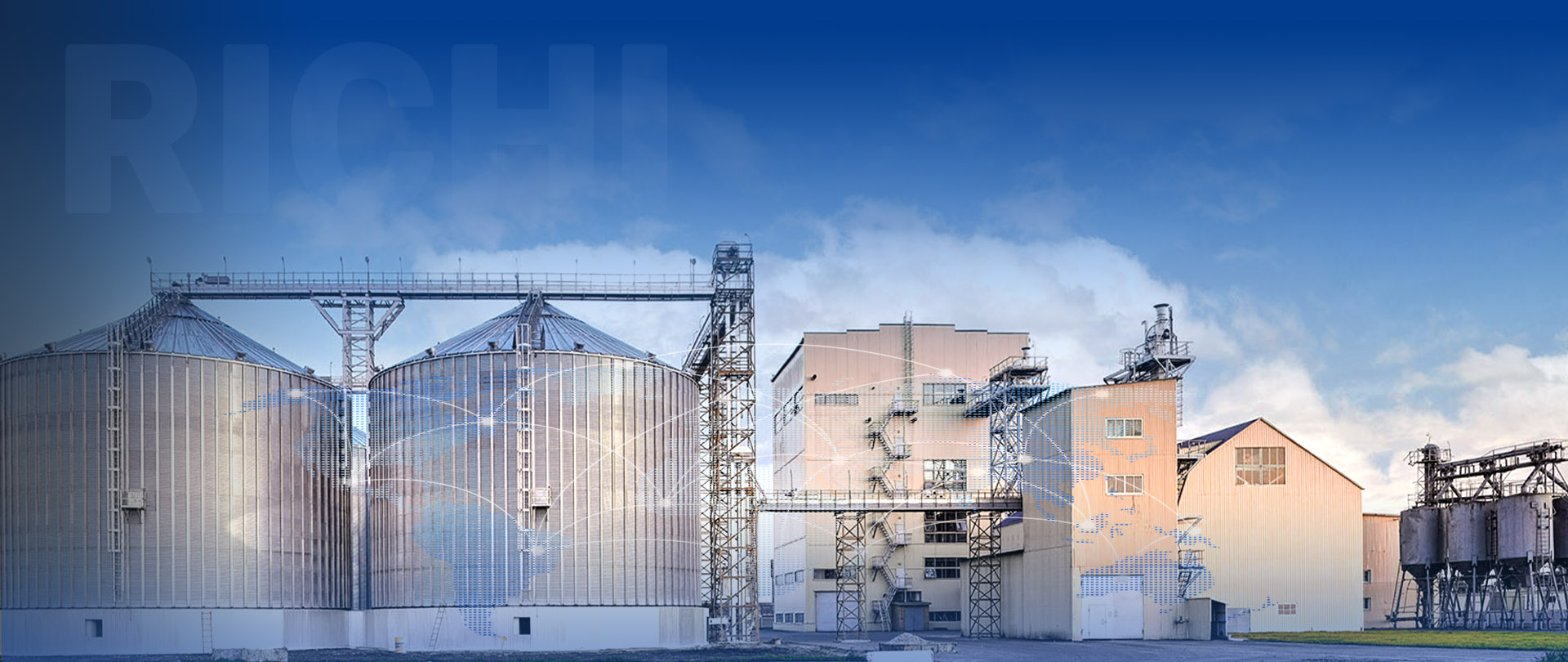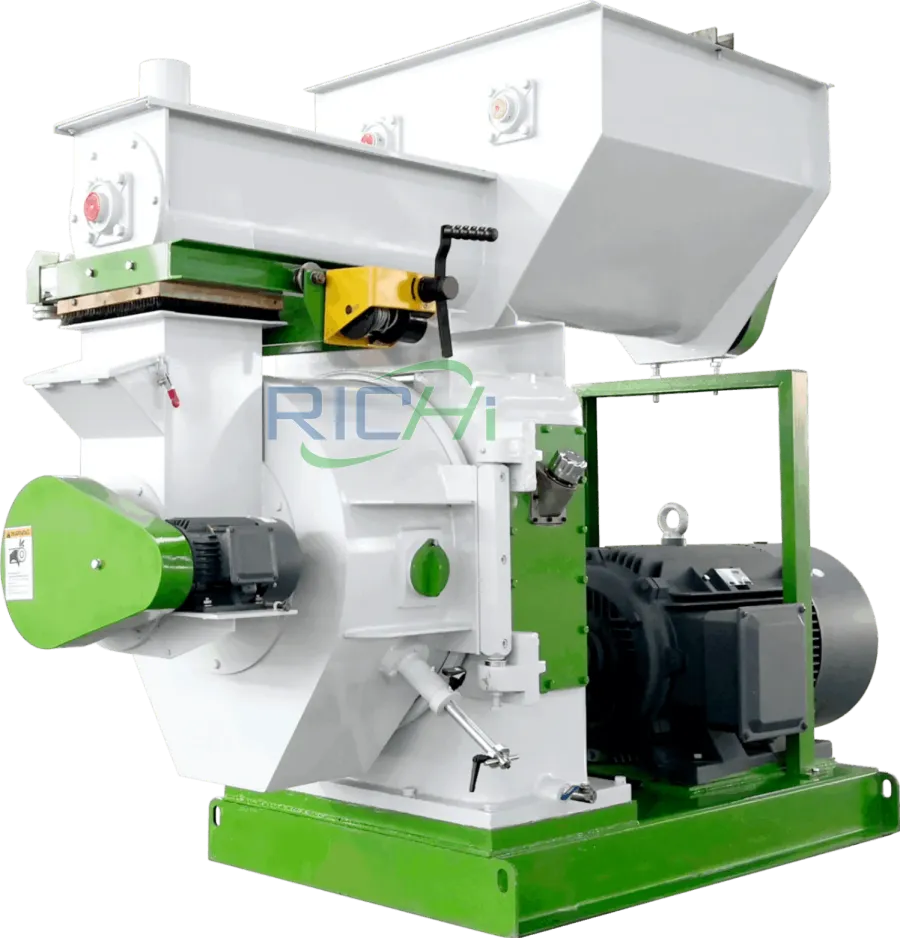Calculating the annual sales revenue for a 60 tons per hour (t/h) feed mill factory involves understanding several key factors: production capacity, operating hours, product pricing, and market demand. This article provides a comprehensive guide on estimating the annual sales revenue for such a high-capacity feed mill, taking these critical elements into account.
Production Capacity
To begin, we must establish the theoretical production capacity of the feed mill:
- Hourly Capacity: 60 tons
- Daily Capacity: Assuming the factory operates 16 hours a day, the daily capacity can be calculated as follows:60 tons/hour×16 hours/day=960 tons/day60 \, \text{tons/hour} \times 16 \, \text{hours/day} = 960 \, \text{tons/day}60tons/hour×16hours/day=960tons/day
- Annual Capacity: Assuming the factory operates 300 days a year, the annual capacity is:960 tons/day×300 days/year=288,000 tons/year960 \, \text{tons/day} \times 300 \, \text{days/year} = 288,000 \, \text{tons/year}960tons/day×300days/year=288,000tons/year
Utilization Rate
In practice, no factory operates at 100% capacity due to maintenance, downtime, and other operational inefficiencies. A more realistic utilization rate typically falls between 80% and 90%.
- At 80% Utilization:288,000 tons/year×0.80=230,400 tons/year288,000 \, \text{tons/year} \times 0.80 = 230,400 \, \text{tons/year}288,000tons/year×0.80=230,400tons/year
- At 90% Utilization:288,000 tons/year×0.90=259,200 tons/year288,000 \, \text{tons/year} \times 0.90 = 259,200 \, \text{tons/year}288,000tons/year×0.90=259,200tons/year
Average Selling Price
The selling price of animal feed varies depending on the type and quality of the feed. For this calculation, let’s assume an average selling price of $300 per ton, which is a common industry benchmark for high-quality animal feed.

Annual Sales Revenue Calculation
Using the utilization rates and the average selling price, we can calculate the annual sales revenue:
- At 80% Utilization:230,400 tons/year×$300/ton=$69,120,000230,400 \, \text{tons/year} \times \$300/\text{ton} = \$69,120,000230,400tons/year×$300/ton=$69,120,000
- At 90% Utilization:259,200 tons/year×$300/ton=$77,760,000259,200 \, \text{tons/year} \times \$300/\text{ton} = \$77,760,000259,200tons/year×$300/ton=$77,760,000
Thus, the estimated annual sales revenue for a 60t/h feed mill factory ranges from $69.12 million to $77.76 million, depending on the utilization rate.
Factors Influencing Sales Revenue
Several factors can influence the actual sales revenue:
- Market Demand and Price Fluctuations: The demand for animal feed and its price can vary based on market conditions, affecting revenue. High demand can drive prices up, while oversupply can lead to price drops.
- Product Mix: Different types of feed (e.g., poultry, cattle, swine) have varying price points. A diversified product mix can optimize revenue by catering to different market segments.
- Operational Efficiency: Efficient operations can maximize production and minimize downtime, thereby increasing the effective utilization rate and revenue.
- Quality and Brand Reputation: High-quality feed and a strong brand reputation can command premium prices, boosting revenue.
- Geographic Reach: Expanding sales to new regions or countries can increase market size and revenue potential.
- Sales Channels: Utilizing multiple sales channels (direct sales, distributors, retail outlets, e-commerce) can enhance market penetration and revenue.
Example Scenario
To illustrate, let’s consider a more detailed example:
- Hourly Capacity: 60 tons
- Daily Operating Hours: 16 hours
- Annual Operating Days: 300 days
- Utilization Rate: 85%
- Average Selling Price: $320 per ton
Annual Production:60 tons/hour×16 hours/day×300 days/year×0.85=244,800 tons/year60 \, \text{tons/hour} \times 16 \, \text{hours/day} \times 300 \, \text{days/year} \times 0.85 = 244,800 \, \text{tons/year}60tons/hour×16hours/day×300days/year×0.85=244,800tons/year
Annual Sales Revenue:244,800 tons/year×$320/ton=$78,336,000244,800 \, \text{tons/year} \times \$320/\text{ton} = \$78,336,000244,800tons/year×$320/ton=$78,336,000
In this scenario, the annual sales revenue would be approximately $78.34 million.
Optimizing Sales Revenue
To maximize sales revenue, consider the following strategies:
- Enhance Product Quality: Invest in quality control to produce high-quality feed that can be sold at premium prices.
- Expand Product Range: Develop specialized and high-value feed products to cater to niche markets.
- Improve Operational Efficiency: Implement advanced technologies and best practices to reduce downtime and increase production efficiency.
- Strengthen Marketing Efforts: Use targeted marketing campaigns to increase brand awareness and attract more customers.
- Leverage Technology: Utilize e-commerce platforms and digital marketing to reach a broader audience and streamline sales processes.
- Build Strong Relationships: Develop long-term partnerships with large-scale farms, distributors, and cooperatives to ensure steady demand.
Conclusion
The annual sales revenue of a 60t/h complete feed mill plant is closely tied to its production capacity, utilization rate, and market conditions. By optimizing these factors, a feed mill can achieve substantial revenue, ranging from $69.12 million to $77.76 million or more. Strategic investments in quality, efficiency, and market expansion can further enhance revenue potential, ensuring the long-term success and profitability of the feed mill operation.










